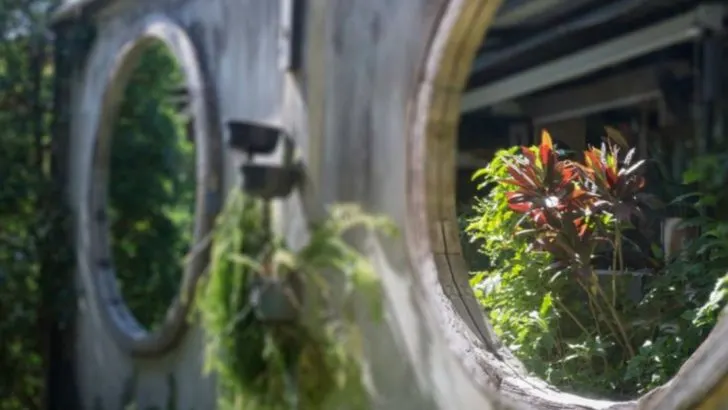Gardening in spaces with limited sunlight can be tricky, but it’s not impossible. Even if your garden doesn’t get much direct sunlight, there are still ways to grow a variety of plants and make the most of what light you have. It’s all about finding the right plants and creative solutions to help them thrive in shadier conditions.
From choosing shade-loving plants to adjusting your garden layout, there are several techniques you can use to get the most out of your space. With a few simple changes, you’ll be able to enjoy a beautiful, productive garden, even if your backyard doesn’t get the sunniest spots. Let’s take a look at some easy tips and tricks to brighten up your garden, even without direct sunlight.
Choose Shade-Tolerant Plants
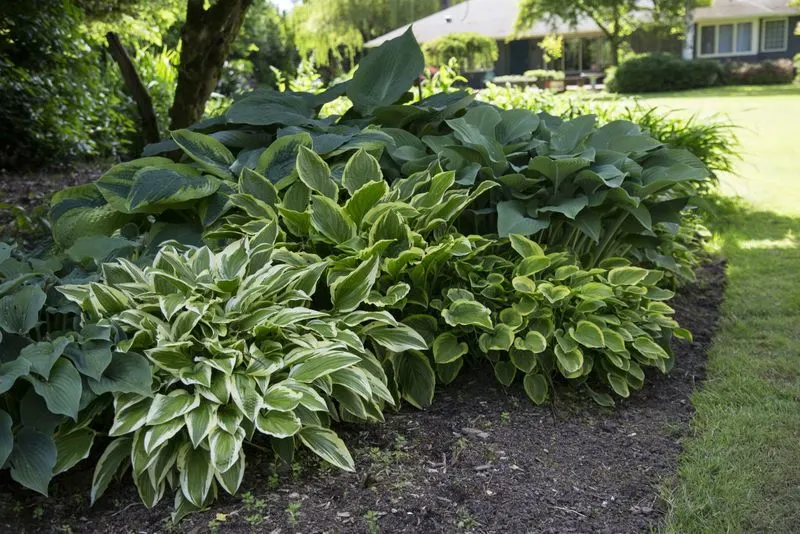
Selecting the right plants is crucial for a shaded garden. Opt for shade-tolerant varieties such as ferns, hostas, and begonias.
These plants thrive in low-light conditions and bring vibrant colors and textures to your garden.
Consider incorporating ground covers like moss or ajuga for added greenery. These plants not only survive but flourish with limited sunlight, providing a lush and inviting atmosphere.
Research specific plant needs for your area to ensure success. By choosing wisely, you can create a diverse and appealing garden even with minimal sun exposure.
Maximize Morning Sun
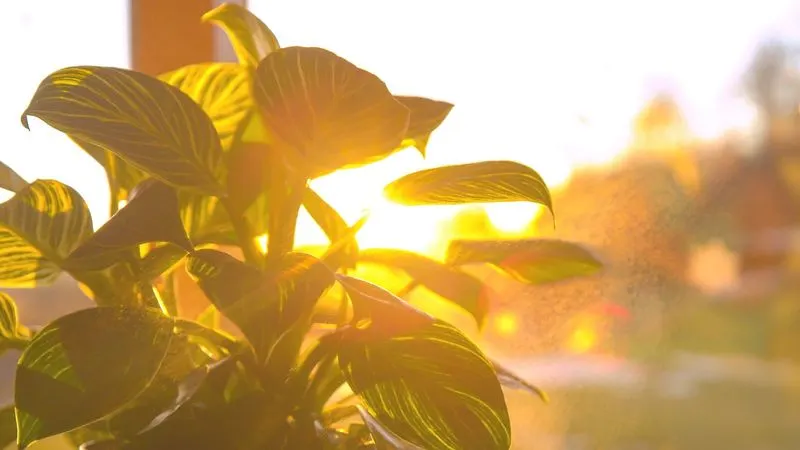
Taking advantage of morning sunlight can make a significant difference. Position your garden or plants to catch the first rays of the day, as morning light is often more beneficial than afternoon sun.
This timing allows plants to start photosynthesis early, helping them grow despite limited light. Morning sun is also gentle, reducing the risk of scorching delicate leaves.
By strategically placing your garden where morning sunlight is most abundant, you’ll optimize growth and ensure your plants receive the energy they need to thrive.
Use Reflective Surfaces
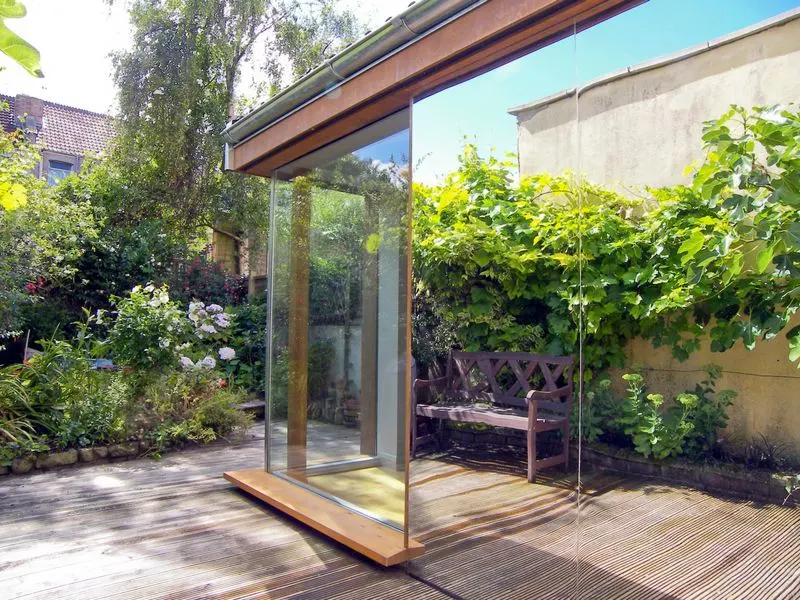
Reflective surfaces can amplify the available light in shaded areas. Consider placing mirrors, white stones, or light-colored walls near your garden to bounce sunlight onto your plants.
These surfaces reflect additional light, brightening the area and improving plant growth. This simple trick can significantly increase the amount of light your plants receive, especially in areas that are shadowed for most of the day.
Experiment with different materials and positions to find the best solution for your unique garden setup.
Install a Shade Cloth
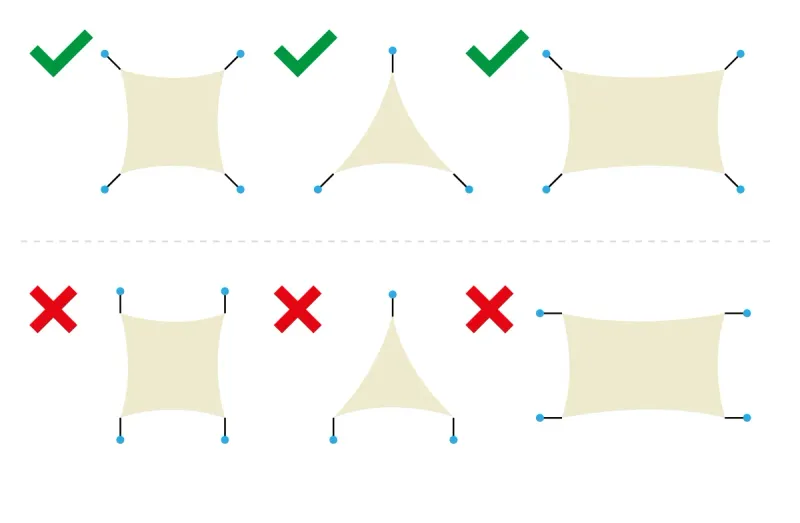
While maximizing sunlight is key, sometimes shading is necessary. A shade cloth can protect plants from intense midday sun, preventing damage and burnout.
Choose a cloth with the right density for your plants’ needs; some may require only partial shading. Install it in areas where the sun is too harsh, allowing your garden to receive controlled light exposure.
This method helps maintain a balanced environment, supporting plant health and growth even when natural light is limited.
Create Vertical Gardens
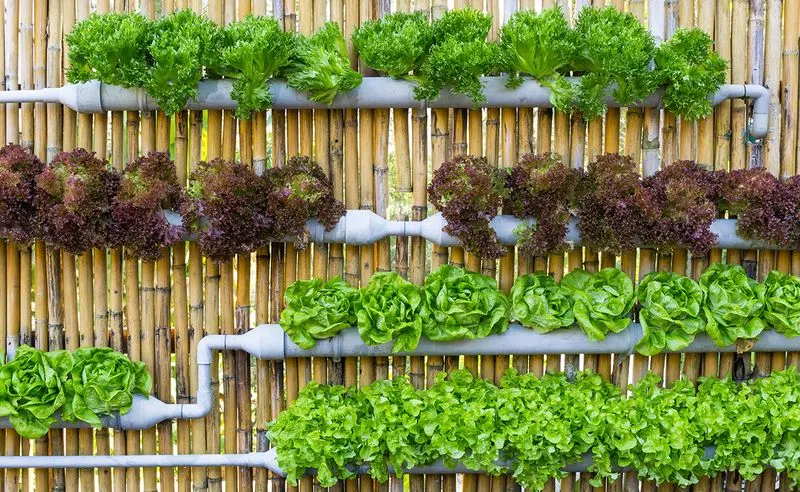
Vertical gardens are a fantastic way to maximize space and light exposure. By growing plants upwards, you can utilize areas that receive more sunlight.
Hang pots or use wall-mounted planters to create a layered effect, allowing each plant access to available light. This method not only saves space but also enhances the aesthetic appeal of your garden.
Experiment with different plant varieties and arrangements to achieve a vibrant and thriving vertical garden in shaded spaces.
Incorporate Artificial Lighting
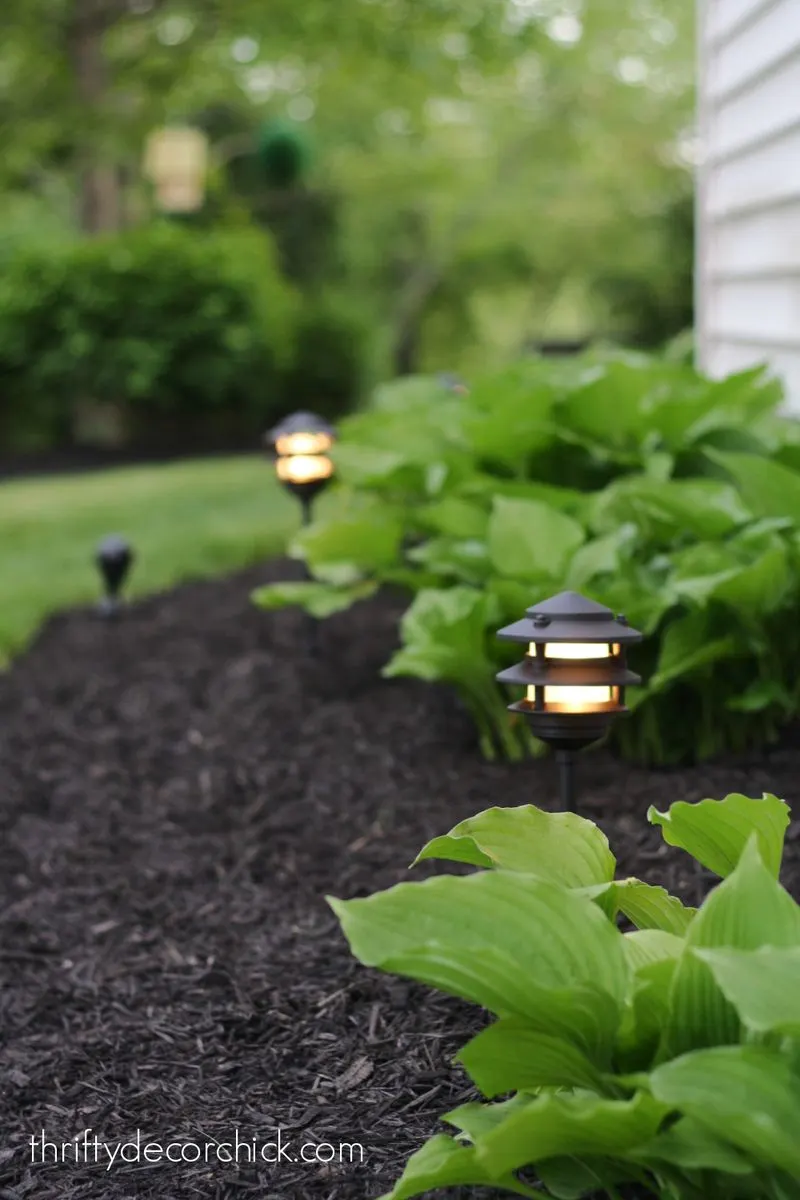
In low sunlight areas, artificial lighting can supplement natural light. Install garden lights or LED grow lights to extend the daylight hours for your plants.
These lights mimic sunlight, providing essential energy for photosynthesis, especially during short winter days. Position them to cover darker areas, ensuring even light distribution.
Adjust the intensity and duration based on plant requirements to support healthy growth. Artificial lighting can be a game-changer for shaded gardens, offering flexibility and control over your garden’s light environment.
Prune Overhanging Branches

Pruning overhanging branches can significantly increase sunlight access. By trimming trees or bushes that cast shadows over your garden, you allow more light to reach your plants.
Focus on removing dead or excessive growth that blocks essential sunlight. This practice not only improves light levels but also promotes the health of the trees or shrubs themselves.
Regular maintenance will ensure a consistent light supply, boosting plant vitality and encouraging a more productive garden.
Opt for Light-Colored Mulch

Using light-colored mulch can help reflect sunlight onto plants, increasing the available light. Materials like straw or shredded leaves work well to enhance brightness in shaded areas.
This simple addition can complement other light-enhancing strategies, making your garden more luminous. Moreover, mulch helps retain moisture and regulate soil temperature, benefiting plant health.
By choosing the right mulch, you create a more supportive environment for your garden, helping plants to thrive even with limited natural light.
Choose Light-Painted Pots
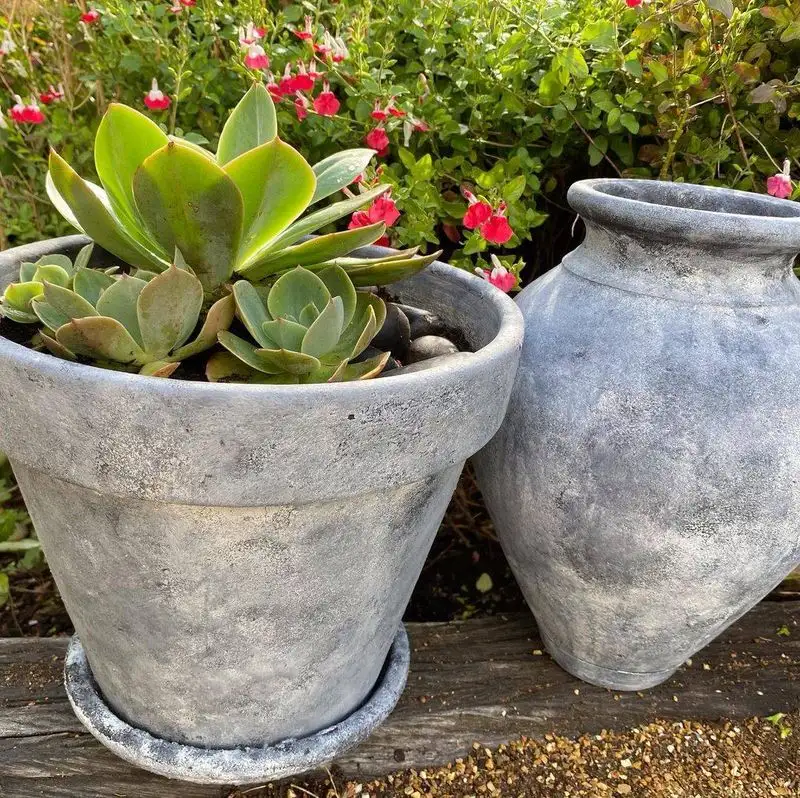
Light-painted pots can reflect sunlight, adding brightness to shaded areas. Opt for white or pastel-colored pots to enhance light availability around your plants.
These painted surfaces help bounce light, supporting plant growth in darker corners of your garden. Additionally, using decorative pots can add personality and style to your space.
This practical approach is both functional and aesthetic, making it easier for plants to receive the light they need while creating an inviting garden atmosphere.
Utilize Trellises for Climbing Plants
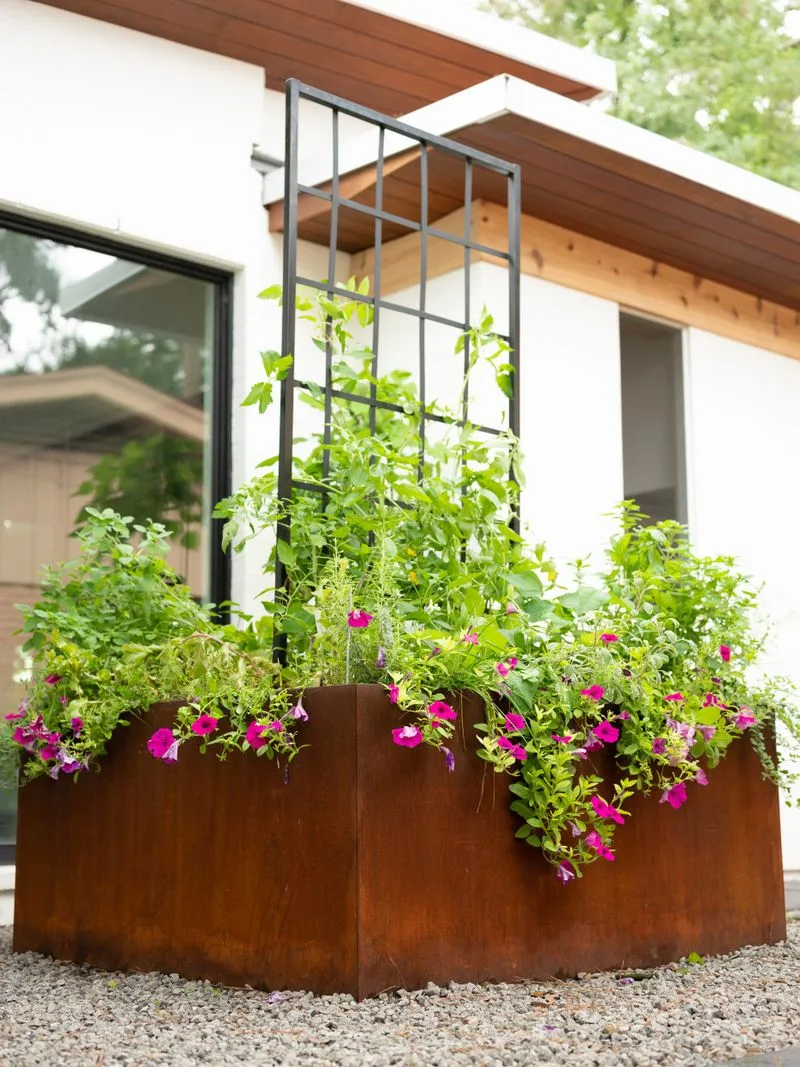
Trellises can support climbing plants, allowing them to reach areas with more sunlight. By training plants to grow vertically, you expose them to increased light.
Choose climbing varieties like ivy or clematis and position trellises where sunlight is more accessible. This method optimizes space and creates a dynamic visual display.
Trellises provide structure and support, making it easier for plants to flourish in shaded areas by capitalizing on every available sunbeam.
Build a Raised Bed
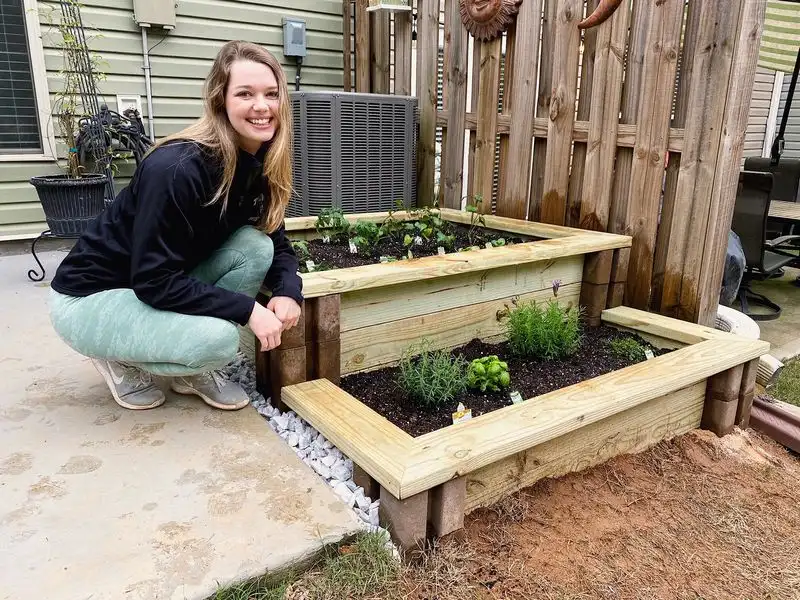
Raised beds can improve drainage and sunlight exposure. Elevating plants allows them to reach more light, especially if the surrounding area is shaded.
Choose a location with maximum sun exposure and construct the bed at a suitable height to catch the light. This technique is particularly beneficial for vegetables and herbs.
With well-drained soil and enhanced light access, raised beds can transform shaded areas into productive growing spaces, supporting healthy plant development.
Install Sun-Loving Companion Plants
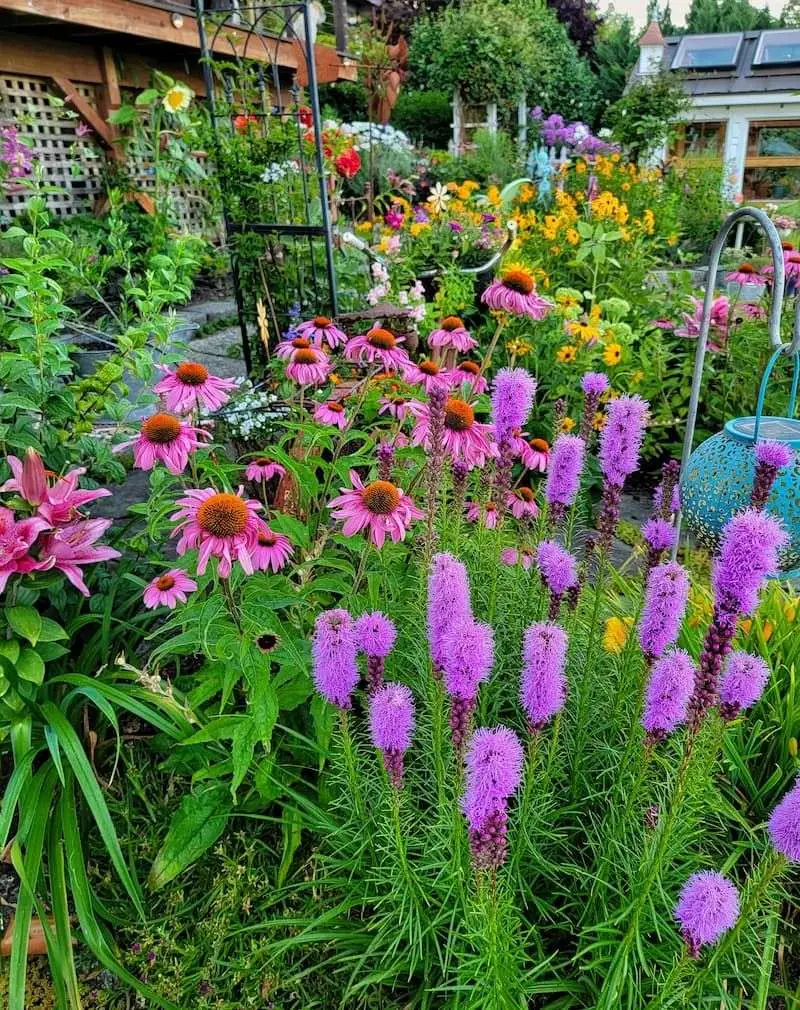
Pairing sun-loving companion plants with shade-tolerant ones can enhance your garden’s ecosystem. These companions attract beneficial insects and improve overall plant health.
Strategically place them to optimize light sharing and create a harmonious environment. This approach can lead to more vigorous growth and a balanced garden ecosystem.
Companion planting requires research to ensure compatibility, but the benefits include improved pollination, pest control, and increased biodiversity.
Adjust Plant Spacing
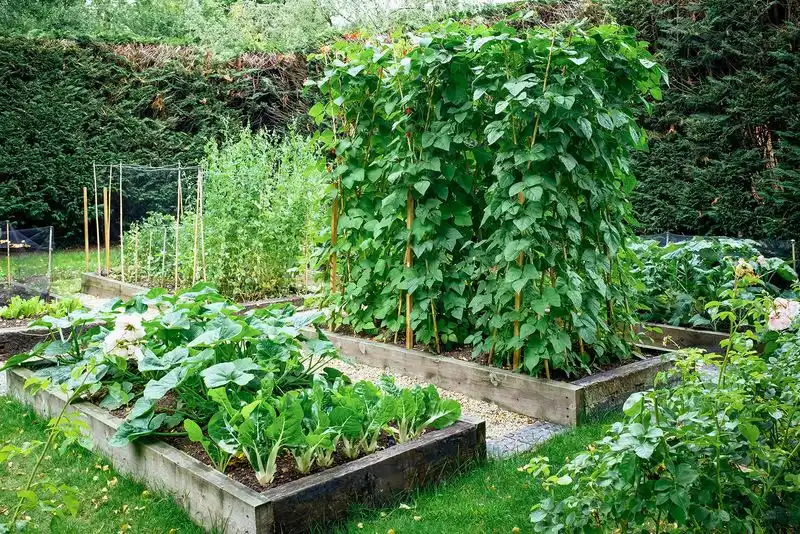
Proper spacing is crucial for maximizing light penetration. Too closely planted, and plants may compete for limited sunlight, hindering growth.
By adjusting spacing, you ensure each plant receives sufficient light and air circulation, promoting healthier growth. This practice is especially important in shaded gardens where every bit of light counts.
Consider the mature size of each plant and allow space for expansion, ensuring a robust and thriving garden.
Use Transparent Covers
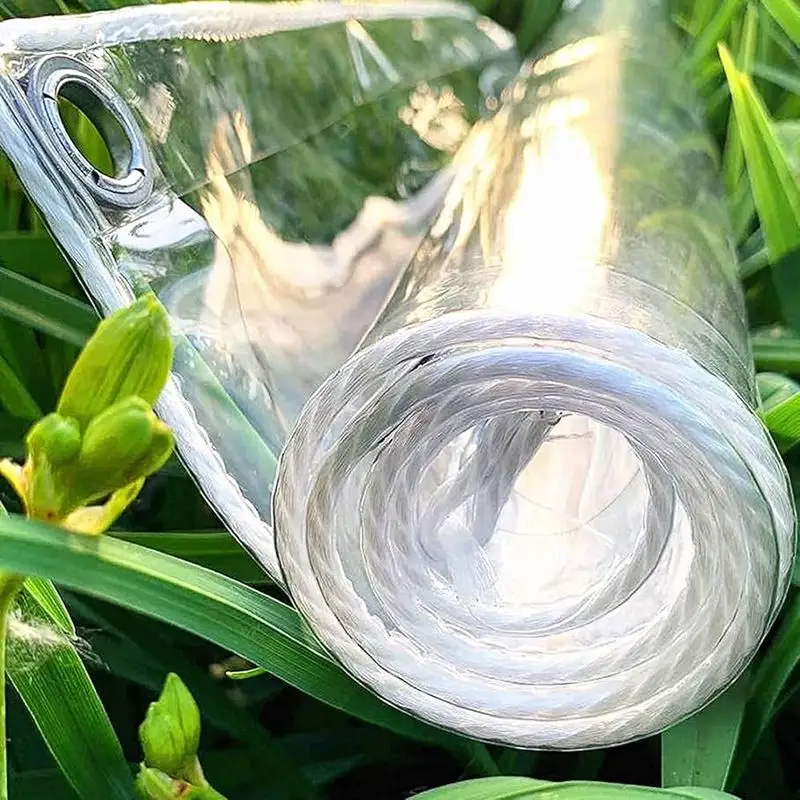
Transparent covers can protect plants from harsh elements while allowing light to penetrate. Materials like clear plastic or glass can be used to create mini-greenhouses or cloches.
These covers trap heat and moisture, creating a microclimate conducive to plant growth. They are especially useful in early spring or late fall when temperatures drop.
By employing transparent covers, you can extend the growing season and maximize light exposure, ensuring your plants remain healthy in shaded areas.
Rotate Plants Regularly
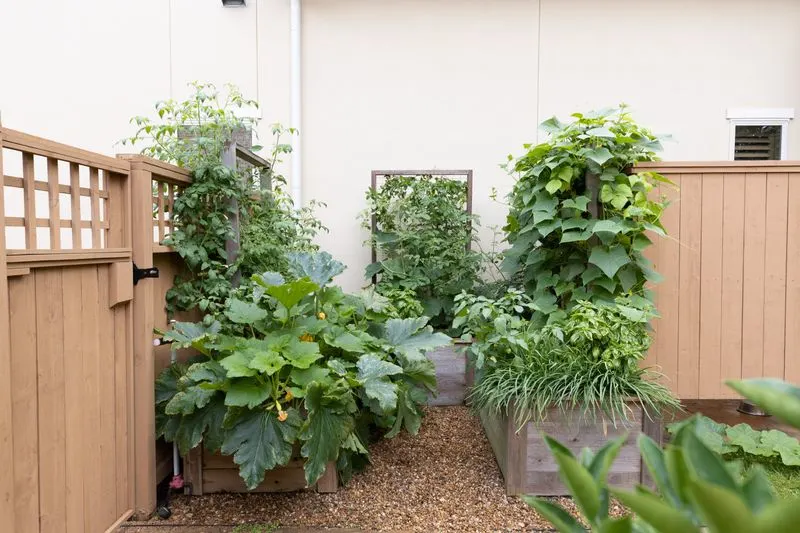
Rotating plants regularly ensures even light distribution, especially for potted plants in shaded areas. By changing their position, you help each side receive adequate sunlight.
This practice prevents uneven growth and encourages uniform development. It’s particularly useful for indoor gardens or patios with limited sun windows.
Set a schedule for rotation based on your plants’ light needs, ensuring they all have a chance to flourish in available sunlight.
Install Mirrors in the Garden
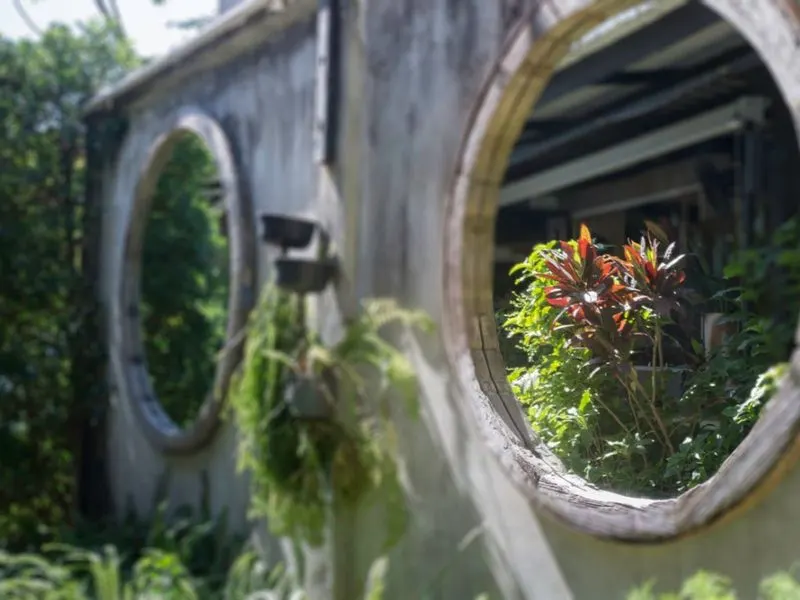
Mirrors can be strategically placed in the garden to reflect sunlight onto shaded areas. This creative solution amplifies available light, enhancing plant growth.
Position mirrors to bounce light into darker corners, effectively increasing the brightness of your garden. This approach can transform areas that typically receive limited direct sunlight.
Experiment with different sizes and angles to optimize light reflection and improve the overall ambiance of your garden.
Choose Dappled Shade Locations
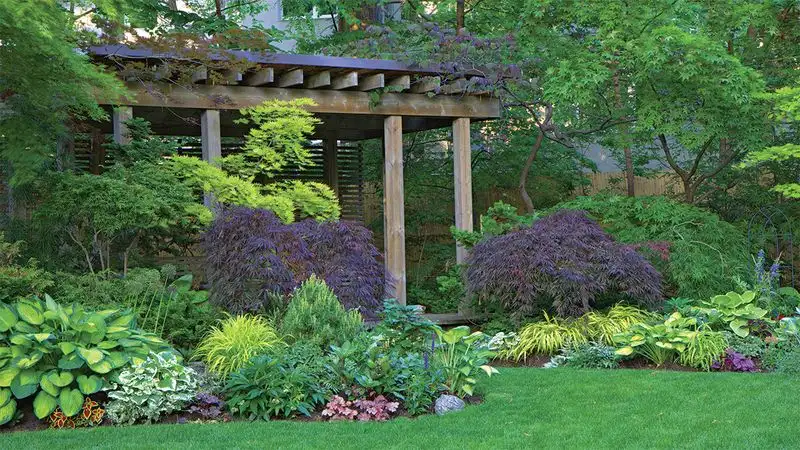
Dappled shade areas provide a balance between sunlight and shade, ideal for many garden plants. Look for spots where sunlight filters through tree branches, creating shifting patterns of light.
This environment allows plants to receive intermittent sunlight, reducing the risk of burning and overheating while still providing enough light for growth.
Select plants that thrive in such conditions, and enjoy a dynamic garden that changes with the movement of the sun.
Create a Reflective Water Feature
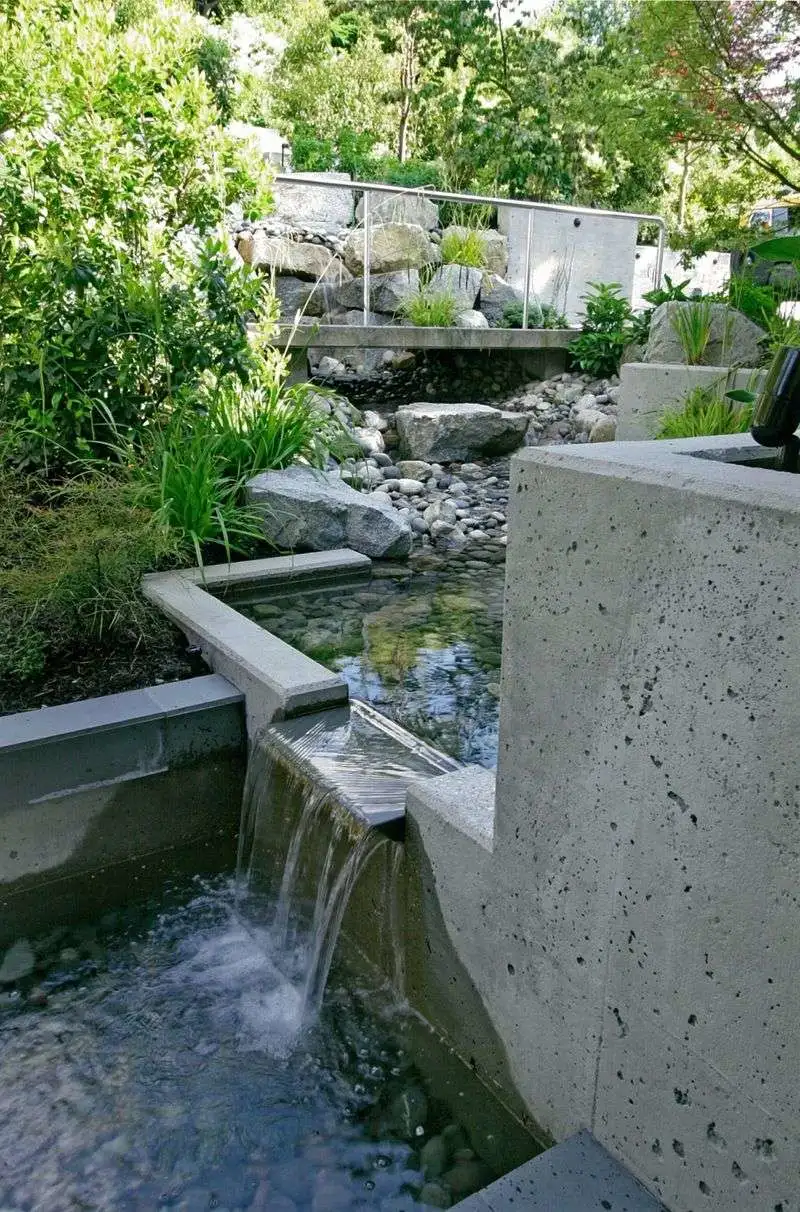
A water feature can enhance light reflection and add tranquility to your garden. Small ponds or fountains create reflective surfaces that bounce sunlight, brightening shaded areas.
The gentle movement of water also adds a soothing element, making your garden a peaceful retreat. Choose a location that maximizes both light reflection and aesthetic appeal.
With careful planning, a water feature can become a focal point, enhancing both the ambiance and light dynamics of your garden.
Incorporate Perennial Ground Covers
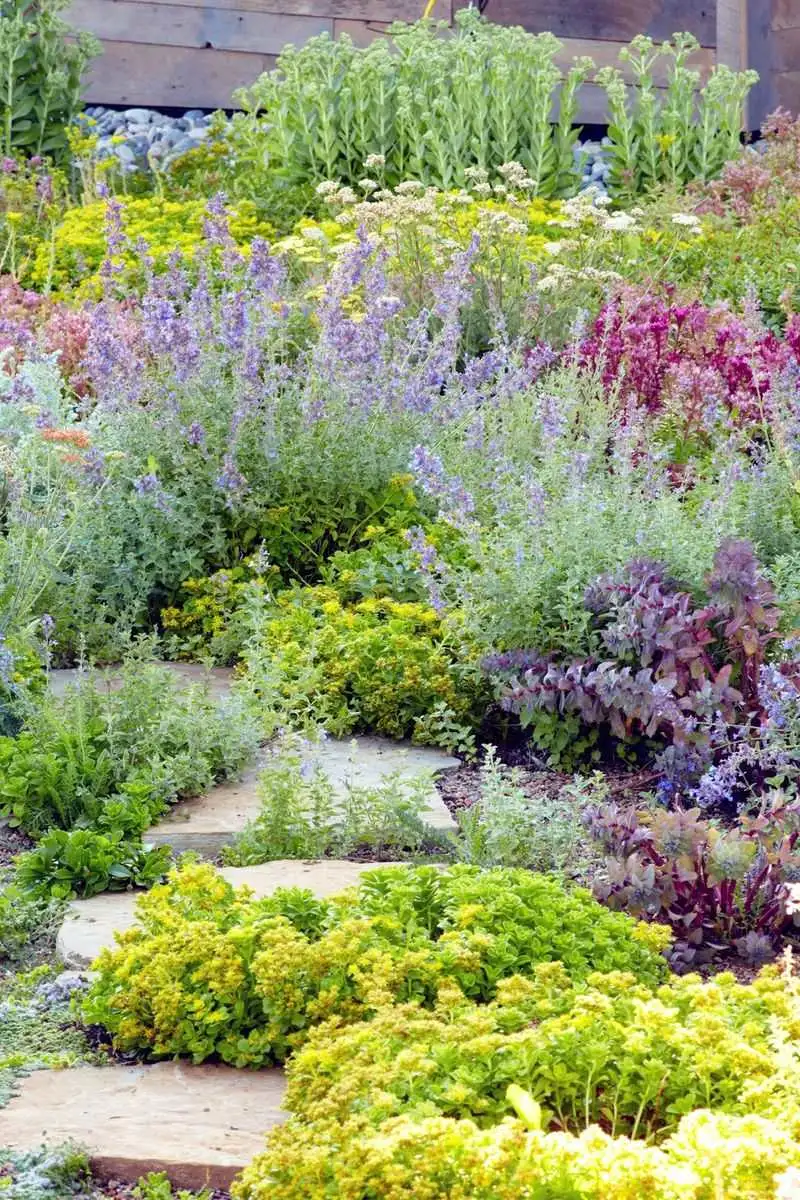
Perennial ground covers are ideal for shaded gardens, providing lush greenery year-round. Varieties like vinca minor or pachysandra thrive with minimal sunlight, covering bare soil beautifully.
These plants suppress weeds and reduce soil erosion, contributing to a low-maintenance garden. Their durability makes them perfect for areas where other plants may struggle.
By integrating ground covers, you create a rich, green carpet that enhances the garden’s appearance and health, even in low-light conditions.
Experiment with Plant Colors
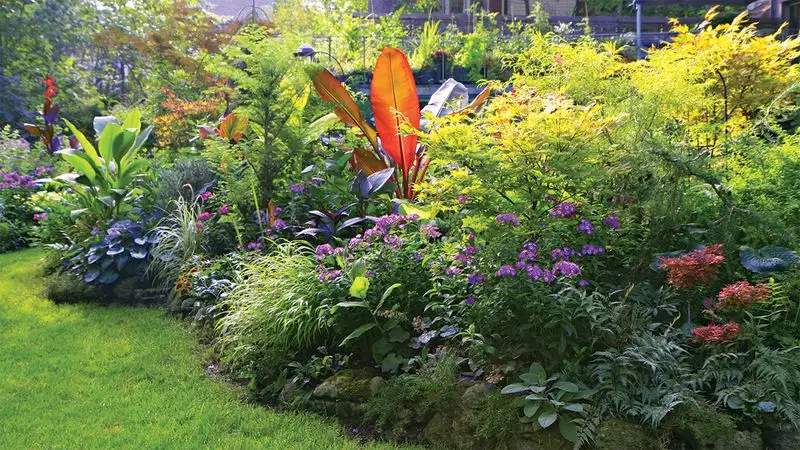
Experimenting with plant colors can brighten a shaded garden. Opt for plants with variegated or bright foliage, such as caladiums or coleus, to add visual interest.
These colors can create contrast and depth, making the garden appear more vibrant despite limited sunlight. Consider seasonal flowers that bloom in low light to add splashes of color throughout the year.
Through thoughtful plant selection, you can design a lively and captivating garden that stands out, even in the shade.
Employ Creative Pathways
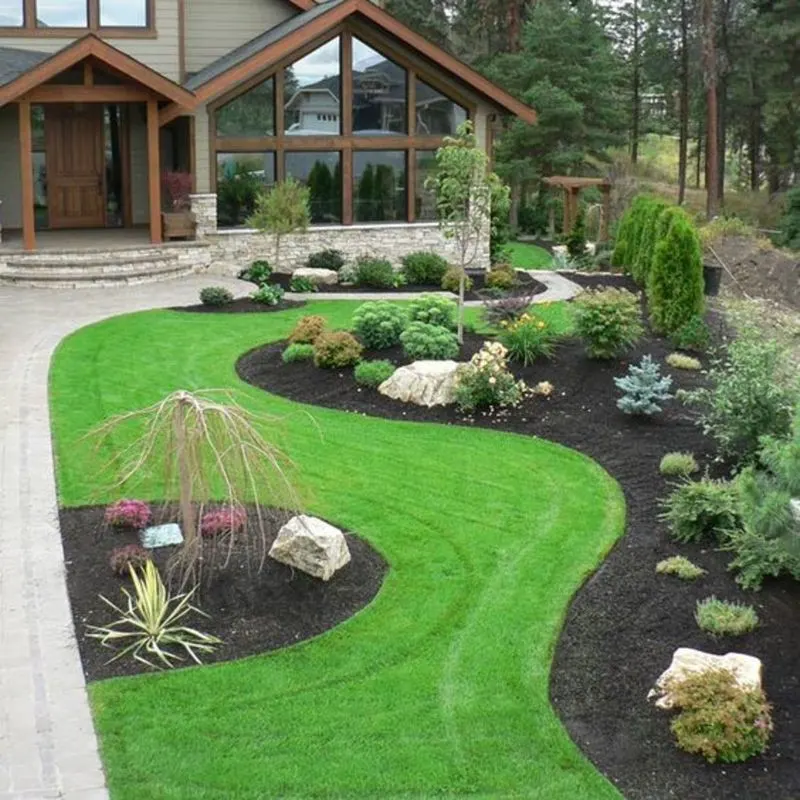
Creative pathways can enhance both the functionality and aesthetics of a shaded garden. Use materials like stepping stones or gravel to create inviting routes through your space.
These pathways not only provide structure but also encourage exploration, leading visitors through different garden sections. Consider adding solar-powered lights along the path to highlight features and ensure safety.
With thoughtful design, pathways can transform your garden into an engaging and accessible area, drawing attention to its unique aspects.

